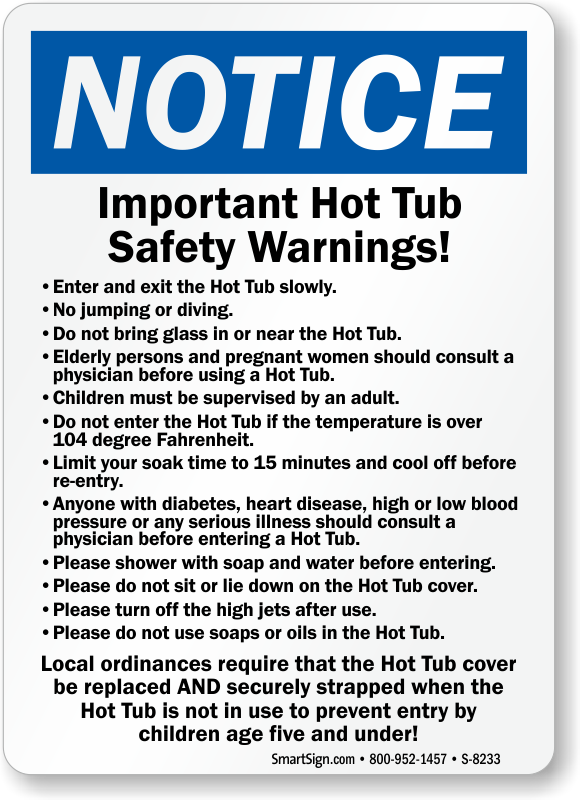
There’s nothing quite like unwinding in a hot tub after a long day. The warm water, gentle jets, and soothing ambiance can melt away stress and leave you feeling refreshed. However, it’s crucial to remember that safety should always come first, especially when enjoying your hot tub outdoors. One situation that demands extra caution is during thunderstorms. While the idea of soaking in a hot tub while rain falls outside might sound appealing, the risks associated with can you be in a hot tub during a thunderstorm are significant and should never be ignored.
This article will delve into the potential dangers of using a hot tub during a thunderstorm, outlining the specific risks involved and providing clear guidance on how to prioritize your safety. We’ll explore the science behind lightning strikes and water conductivity, examine the electrical hazards posed by hot tubs, and offer practical tips for avoiding risk during stormy weather. By understanding these factors, you can make informed decisions about hot tub use and ensure a safe and enjoyable experience.
Hot Tub Safety
Hot tubs are designed to provide relaxation and enjoyment, but they also present certain safety considerations that should always be kept in mind. Proper maintenance, responsible usage, and adherence to manufacturer guidelines are essential for minimizing risks.
Firstly, it’s crucial to ensure your hot tub is properly installed and grounded according to local electrical codes. This helps prevent electrical shocks in case of faulty wiring or ground faults. Regularly inspect the hot tub’s electrical components, including cords, plugs, and GFCI outlets, for any signs of damage or wear.
Secondly, always supervise children and non-swimmers around a hot tub. The warm water can lead to drowsiness and fatigue, increasing the risk of accidents. Establish clear rules and boundaries for hot tub use, such as limiting the number of people in the tub at once and enforcing time limits.
Finally, remember that hot tubs can raise your body temperature significantly. Avoid prolonged exposure, especially if you have any underlying health conditions. Stay hydrated by drinking plenty of water before, during, and after using the hot tub.
Thunderstorm Risks

Thunderstorms bring a unique set of dangers that require heightened awareness and caution. The combination of heavy rain, strong winds, and lightning creates a hazardous environment, particularly for outdoor activities like using a hot tub.
Lightning strikes are a primary concern during thunderstorms. These powerful electrical discharges can travel through the air at incredible speeds, seeking the path of least resistance to the ground. Water is an excellent conductor of electricity, making it a dangerous target for lightning strikes. Even if you’re not directly struck by lightning, the electrical current can travel through water and injure anyone in contact with it.
Heavy rain during thunderstorms can also pose risks. Flooding around your hot tub area can create slippery surfaces, increasing the chance of falls. Additionally, strong winds can damage or dislodge hot tub components, leading to potential hazards.
Lightning and Water
The combination of lightning and water is a particularly dangerous one. Water acts as an excellent conductor of electricity, allowing lightning strikes to travel through it with ease. This means that anyone in or near water during a thunderstorm is at significant risk of being electrocuted.
When lightning strikes water, the electrical current can spread out in all directions, potentially affecting a wide area. Even if you’re not directly struck by lightning, the electrical discharge can travel through the water and injure anyone nearby. This is why it’s crucial to avoid any contact with water during thunderstorms, including swimming pools, lakes, rivers, and hot tubs.
Electrical Hazards

Hot tubs pose specific electrical hazards that need to be addressed carefully. The combination of water and electricity creates a high-risk environment, and even small malfunctions can have serious consequences.
Firstly, the wiring and components within a hot tub are exposed to moisture, which can corrode insulation and increase the risk of short circuits or electrical shocks. Secondly, the presence of water in the hot tub itself can create a pathway for electricity to flow through the body if someone comes into contact with faulty wiring or energized components.
It’s essential to ensure that your hot tub is properly grounded and equipped with a Ground Fault Circuit Interrupter (GFCI) outlet. A GFCI is designed to detect imbalances in electrical current and automatically shut off power to prevent shocks. Regularly inspect the hot tub’s electrical system for any signs of damage or wear, and consult a qualified electrician if you notice any issues.
Avoiding Risk
When thunderstorms threaten, it’s crucial to prioritize safety and avoid using your hot tub. Here are some practical tips for avoiding risk during stormy weather:
- Seek shelter indoors: The safest place to be during a thunderstorm is inside a sturdy building with electrical wiring and plumbing grounded properly.
- Stay away from windows and doors: Lightning can travel through glass and metal, so avoid standing near windows or doors during a storm.
- Unplug electrical appliances: Unplug any non-essential electrical appliances to reduce the risk of damage from power surges.
- Avoid using corded phones: Lightning can travel through telephone lines, so use a cordless phone or cell phone instead.
- Wait at least 30 minutes after the last clap of thunder before resuming outdoor activities: Lightning can strike even after the rain has stopped.
Conclusion
Enjoying your hot tub is a wonderful way to relax and unwind, but safety should always come first. When thunderstorms threaten, it’s crucial to prioritize your well-being and avoid using your hot tub. The risks associated with can you go in a hot tub when it’s lightning are significant and should never be taken lightly. By understanding the dangers of lightning strikes and water conductivity, following safety guidelines, and heeding weather warnings, you can ensure a safe and enjoyable experience for yourself and your loved ones. Remember, a little caution goes a long way in preventing accidents and ensuring a happy and healthy hot tub experience.
